Blog Post
SDG Costing & Financing for Low-Income Developing Countries
Sep 23, 2019
Though the total SDG financing gap is daunting, on the order of an average $400 billion per year for the world’s 59 low-income developing countries (LIDCs), it amounts to just 0.7 percent of the advanced economies’ GDP, and just 0.4 percent of the world economy as a whole. In this paper, SDG Costing and Financing for the LIDCs, SDSN proposes a plausible portfolio of financing actions that would increase budget revenues for SDG outlays by $430 billion—enough to close the SDG financing gap in all LIDCs and end extreme poverty.
Read the Report
Of course, collecting and distributing these incremental sources would be a huge political lift. Nevertheless, the basic point is clear: the world is rich and can afford to enable the LIDCs to meet their fiscal requirements for the SDGs. The proposed portfolio of incremental SDG financing mechanisms (with targeted incremental dollar flows in parentheses) include mobilizing private investments in blended financing, particularly for SDG infrastructure needs ($50 billion); mobilizing increased revenues earmarked for SDG expenditures by closing international tax loopholes ($50 billion); introducing globally harmonized taxes, such as wealth taxes for ultra-high net worth individuals ($100 billion), financial transaction taxes ($50 billion), and carbon taxes ($50 billion); increasing and better targeting official development assistance ($100 billion); and expanding private philanthropy, particularly through the Giving Pledge ($30 billion). These quantitative targets are very preliminary at this stage and should be further substantiated by the SDG financing community. While some will say it is unrealistic to pursue all financing options at once, aiming for anything less in a very rich world than the deployment of all viable financing tools would be reckless and irresponsible.
SIGN UP FOR SDSN UPDATES
Get our latest insights, opportunities to engage with our networks, and more.

SDSN mobilizes global scientific and technological exertise to promote practical solutions for sustainable development, including the implementation of the Sustainable Development Goals (SGDs) and the Paris Climate Agreement.
Paris
19 rue Bergère
75009 Paris
France
+33 (0) 1 84 86 06 60
New York
475 Riverside Drive
Suite 530
New York NY 10115 USA
+1 (212) 870-3920
Kuala Lumpur
Sunway University
Sunway City Kuala Lumpur
5 Jalan Universiti
Selangor 47500
Malaysia
+60 (3) 7491-8622
Designed by
Northeast Kingdom Online. Powered by
NEKO|360.
